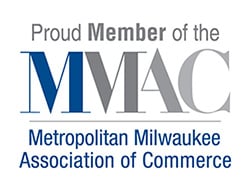Medicaid is the largest health care insurer in the U.S. Over 72 million Americans qualify for Medicaid, including thousands in Wisconsin. Because it’s a need-based program, there are income limits for eligibility. Therefore, some people need to spend down their assets in order to qualify.
Exempt and nonexempt assets
The rules about qualifying for Medicaid can vary somewhat from state to state. However, in general, people in the program can own a primary home and one vehicle. Other real estate and cars can count against people applying for the program. Assets that are counted towards the limit for Medicaid include cash and investments, like stocks, bonds and CD accounts. Sometimes, a retirement account, like an IRA or 401(k), can count against applicants.
People who own too much to qualify are said to need to “spend down” in order to qualify. Ways to do this include liquidating assets and using them in several ways. For example, someone may cash out his or her retirement account and use the funds to add improvements to his or her primary home. Or a person may pay off his or her credit cards and have his or her car fixed.
Medicaid/long-term care planning can be stressful for older adults. Americans are entering their golden years with more debt than ever before. Even needing to rely on Medicaid can represent a step down compared to earlier generations in many families. Planning for old age goes hand in hand with retirement planning.
One very prudent way to spend down assets can be to create an irrevocable medical trust. It’s a good idea to contact an experienced attorney and a financial planner to learn more about this option. Such a trust can be paid to either a survivor or the trustor him or herself after a number of years in some cases.



